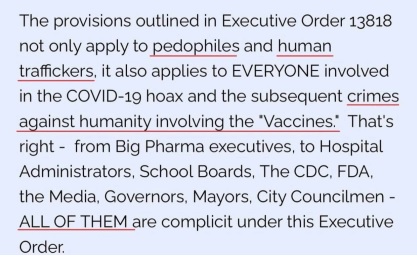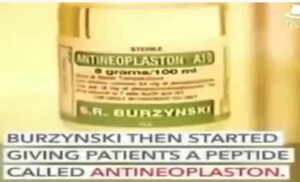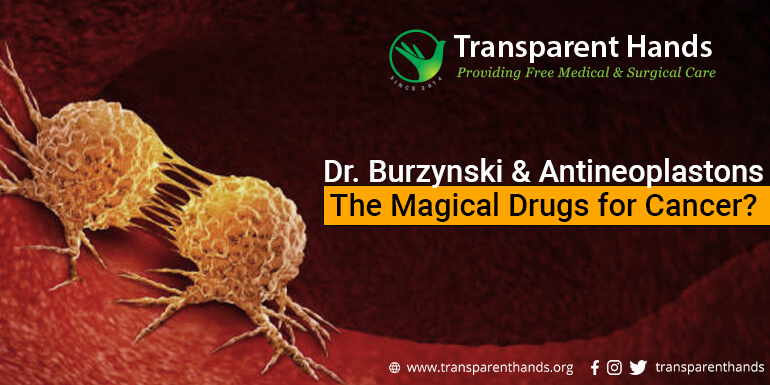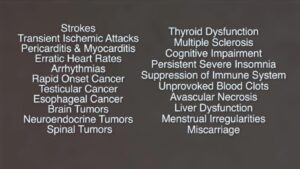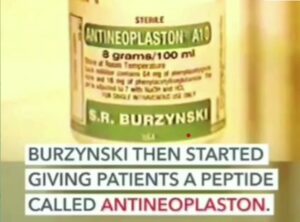Dr. Peter McCullough Calls For Complete Stop To All COVID Injections – Not Safe For Human Use (9/13/23)
P_McCulloughMD testifies in the European Parliament to end all COVID vaccinations. “I submit to you the COVID-19 vaccines and all of their progeny & future boosters are not safe for human use.”
Category Archives: Cancer
How deep does Executive Order 13818 really go?
🚨How deep does Executive Order 13818 really go?
What nurses and Doctors will be affected by the crimes against humanity with the vaccines?
This is huge!
Follow and share⬇️
@Dan_Bongino_Q17
https://www.govinfo.gov/content/pkg/DCPD-201700923/pdf/DCPD-201700923.pdf
Dr Judy Mikovits: The plan is to inject humanity with the cancer VIRUS
https://t.me/Dan_Bongino_Q17/929
“They’ve been doing this for the last 40 years”
NEVER TAKE ANOTHER SHOT!
– MAKE SURE TO SHARE WITH EVERYONE.
Do vaccines make us healthier or sicker over time?
Bullet Points: David Martin – ‘I told you so’ Weaponization of Nature Against Humanity – Covid-19 Vaccine Is A Weapon To Kill 6 Billion People
Source: Bullet Points: David Martin – ‘I told you so’ Weaponization of Nature Against Humanity
For further research see the post/thread at Defending-Gibraltar that contains this video:
The W.H.O.’s Pandemic Treaty
https://defending-gibraltar.net/t/the-w-h-o-s-pandemic-treaty/4350/6
To survive what is coming, read/study: https://thewayhomeorfacethefire.net
This video is not necessarily the views or opinion of Defending-Gibraltar Truther_Forum:
https://Defending-Gibraltar.net.
It IS a clear Sign of the times (the end of days/last generation of man).
https://jahtruth.net/signs.htm
As the world wakes from it’s spiritual stupor, God has provided a way out of this mess:
https://thewayhomeorfacethefire.net
A Truther Forum for “God’s Elect” with current events information (VAX, Covid, 5G, Prophecy, + MORE) and interaction among like-minded God fearing people seeking and posting The Truth can be found at the link below:
https://defending-gibraltar.net
https://christs.net
There are Scriptural/Biblical/Prophecy videos created by U/us with timely vital information on these channels:
https://www.bitchute.com/channel/godtaughtmehow/
https://www.brighteon.com/channel/godtaughtmehow
42 years ago one cure for cancer was discovered
Man Of America ~This DISTURBING Theory About 5G & the Vax Makes Too Much Sense
Source: Man Of America ~This DISTURBING Theory About 5G & the Vax Makes Too Much Sense
Not sure how old this is and alot of is has been said before, but there are alot of new people on Bitchute who need to hear this stuff. https://www.bitchute.com/video/JGGpiI9Bqck0/
World Premiere: Died Suddenly – (From The Vaccine) – Stew Peters
These are the side effects from the mRNA Covid-19 Vaccine
Source: World Premiere: Died Suddenly – Stew Peters

